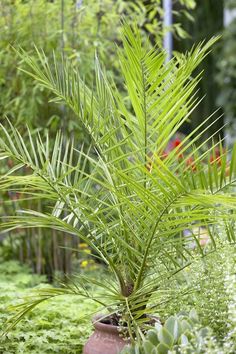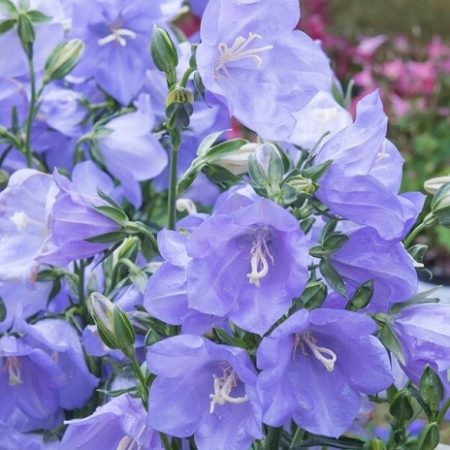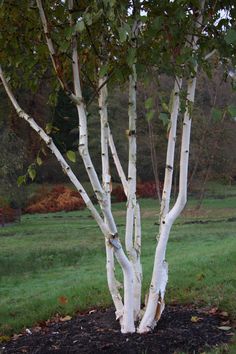Canary Island Date Palm – Phoenix Canariensis 28cm
£25.00
Out of stock
Canary Island Date Palm (Phoenix canariensis) Plant Description:
Phoenix canariensis, commonly known as the Canary Island Date Palm, is a large, stately palm tree valued for its iconic appearance and tropical appeal. Here’s a general description of this palm species:
Trunk:
Height: Phoenix canariensis can grow up to 50-60 feet (15-18 meters) or even taller in some cases.
Trunk: The stout trunk is typically covered with old leaf bases, creating a distinctive diamond pattern.
Base Diameter: The trunk may have a diameter of 2-4 feet (0.6-1.2 meters).
Leaves:
Feathers: Pinnate leaves that can reach lengths of 10-20 feet (3-6 meters).
Leaflets: Numerous leaflets arranged in a feather-like pattern along the central rib.
Crown:
Symmetrical Crown: Forms a dense, symmetrical crown of leaves at the top of the trunk.
Canopy Diameter: The canopy can span 20-40 feet (6-12 meters) or more, creating a broad and umbrella-like silhouette.
Flowers and Fruits:
Flowers: Inconspicuous flowers are borne in large, branched inflorescences among the leaves.
Fruits: Small, date-like fruits that turn orange when ripe. However, fruiting is relatively uncommon in cultivated specimens.
Growth Rate:
Moderate to Slow: Phoenix canariensis has a moderate to slow growth rate.
Hardiness:
Climate Zones: Suited for USDA hardiness zones 9b to 11.
Cold Sensitivity: While it can tolerate cool temperatures, severe frost can damage the leaves.
Sun Requirements:
Full Sun: Prefers full sunlight for optimal growth.
Soil Conditions:
Well-Draining Soil: Thrives in well-draining soil.
Adaptability: Can adapt to a variety of soil types.
Watering:
Regular Watering: Requires regular watering, especially during dry periods.
Drought Tolerance: Once established, it exhibits some drought tolerance.
Uses:
Landscape Specimen: Often used as a standalone specimen in landscapes and gardens.
Avenue Planting: Planted in rows to create avenues and provide a tropical ambiance.
Parks and Large Gardens: Well-suited for larger outdoor spaces.
Maintenance:
Pruning: Minimal pruning is usually required. Remove dead fronds to maintain a tidy appearance.
Cultural Significance:
The Canary Island Date Palm is a symbol of the Mediterranean and tropical landscapes.
Commonly used in resort areas, public spaces, and luxury landscapes.
Companion Plants:
Coordinates well with other tropical and subtropical plants.
Underplanting with lower-growing, shade-tolerant plants can enhance the visual appeal.
The Phoenix canariensis, with its majestic stature and distinctive appearance, is a popular choice for creating a tropical or exotic atmosphere in gardens, parks, and public spaces. While it requires a suitable climate and space for its grandeur, its iconic presence makes it a sought-after addition to landscapes with a Mediterranean or tropical theme.
| Flower Colour |
TBC |
|---|---|
| Root Type |
TBC |
| Foliage Colour |
TBC |
| Soil Type |
TBC |
Only logged in customers who have purchased this product may leave a review.







Reviews
There are no reviews yet.